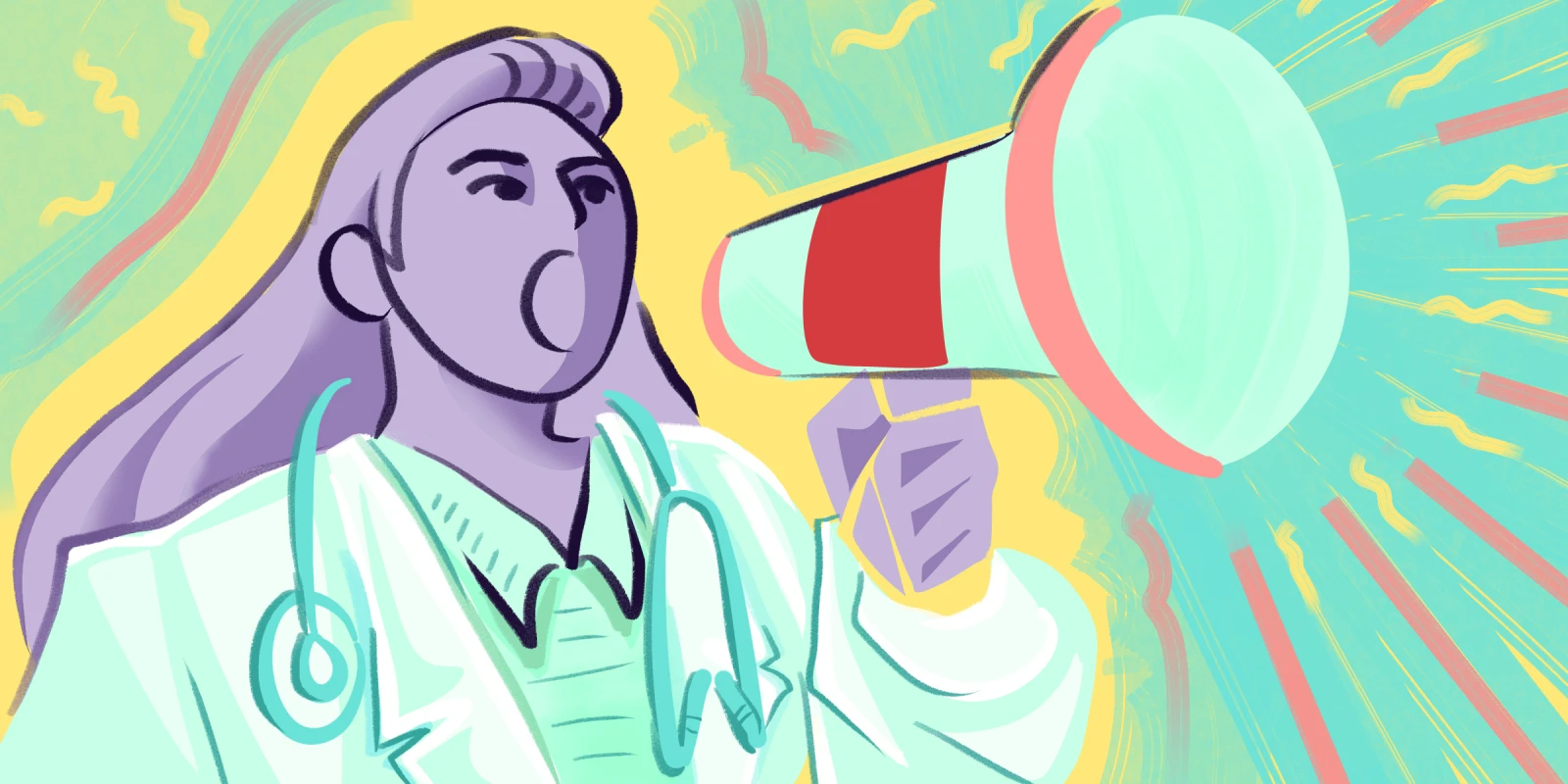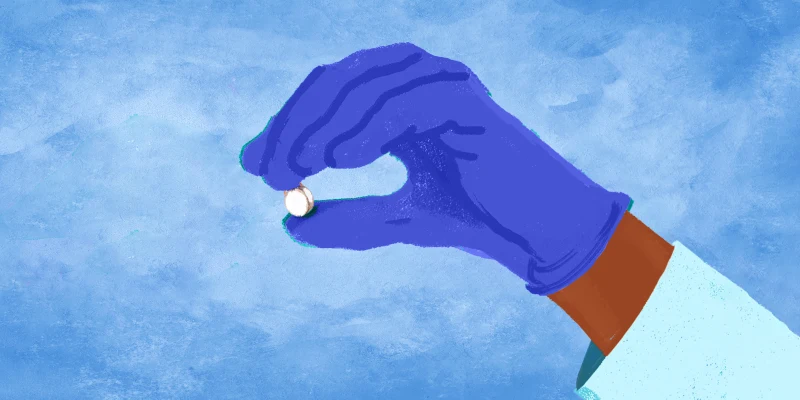On a lark this past spring, I took the advice of a wise friend and applied to a fledgling program aiming to improve health equity in Louisiana. This was something I had been looking for since COVID-19 so plainly bared the deep flaws in health care disparities in our country — particularly in my home state. Louisiana routinely ranks low in most health metrics. This is particularly true of our patients who are Black, Indigenous, or are people of color. The project, the Racial Health Inequity Learning Lab, was born of a collaborative effort between the Louisiana Public Health Institute and one of our state’s Medicaid insurers.
I submitted my application and quickly moved it to the back of my mind. I was surprised when I got my acceptance email and even more so when I realized I was the only nurse practitioner. In fact, the only other medical member was a physical therapist. The other 28 members come from a variety of insurance and social service backgrounds where they help the underserved BIPOC community. I was thrilled by the group of people that I had been selected to work with, yet I could not help but wonder: where were my other medical colleagues?
As a group we completed The ADJUST Workshop, (ADvancing JUStice Together) created by the Center for Health Equity Practice in collaboration with the Michigan Public Health Institute. This workshop helps participants collaborate to describe health equity, create a vocabulary to help describe it, and to use this to help bring public health into the realm of addressing causes of inequity, in addition to the standard regulatory stance that is taken. In the process, a dialogue is created. Rather than a finite list of what structural racism and class oppression are, we were able to see how these constructs feed into the social determinants of health.
Through this program, I have learned that there is so much more that contributes to racial inequity than just overt racism. One of the instructors likened the current situation in health care (and in multiple areas of American life) to a house, literally built on a foundation of inequity, often structural racism or other forms of oppression. This house has a lot of people in it who are trying to do right by patients, but they often skim over the overwhelming roots of health inequity. This is akin to polishing silverware for a table setting that will sit on a dirt floor or washing laundry with water from a sewer. A task is being accomplished, but the problem is carried forward, reinforcing the problem.
Structural racism (and sexism for that matter) affects health outcomes in a way that stretches beyond Maslow’s hierarchy of needs. Maslow posited that meeting basic needs can help motivate people to achieve more, but if we try to assess these needs without looking at the barriers that exist, we miss the mark. We are washing the laundry with dirty water.
Instead, starting a dialogue creates space in a system where close-ended questions have long dominated conversation, and lets us start to clean the water. But why is it so hard to look at the “how” behind this problem? What is keeping this dialogue from forming? Where are my colleagues?
It could be because health care is a difficult place to work. Even a good day can be emotionally taxing. You learn in public and often completely on the fly. You must tell people life-altering news. Sometimes, maddeningly, you have no information at all to give the patient about why they are ill. You see people at their most delicate, raw, and sometimes unpleasant. We fight hard to do our best, which is often not enough. There is little left at the end of the day to investigate the abyss that structural racism and oppression have created.
It is also possible that there are just some clinicians who are not interested in health equity. Not that they are opposed — they just don’t see how it relates to their practice. There was a time in my life where I might (embarrassingly) have agreed — seeing myself as colorblind, I would have kept plugging along, not seeing how this created more of a problem. My colorblindness kept me from looking at my biases head on. This learning lab has helped me see how this predisposes our patients to adverse events in the same way that lifestyle choices or family history may. Bringing the baggage of colorblindness into the exam room is a surefire way to squelch the relationship that could have been between you and the patient.
There is plenty of CE and CME that discusses the differences between health disparities and health equity available, and I applaud that. Yet it is not enough. Structured programs are needed to help create intentional space for tough discussions. Health care systems bear a responsibility to dismantle structural racism and health inequities. Bringing experiences like this into regular annual regulatory curriculums is a great place to start.
I want to see more of my colleagues in these places. Finding the foundation of inequities in health care is a construct that will take as many of us as possible to dismantle. Our care does not exist in a vacuum, and plain discussion about the public health crisis that racism has created is heavy. It is rewarding work to care for underserved populations, and the need is huge. But the job does not stop when our notes are closed. We cannot expect health outcomes to improve without laying it all out. What we do now matters and as health care practitioners we have a duty to keep the dialogue going. We can’t see if we don’t look, and we can’t afford not to. We must join the conversation.
What steps have you taken to improving health inequities? Share your progress in the comments.
Blythe is a cardiology NP in the greater New Orleans area. Her special interests include improving social determinants of health in underserved communities and prevention of lateral violence in health care. She is a devoted mother, enjoying sewing and gardening in her spare time. She is a 2021–2022 Doximity Op-Med Fellow.
Illustration by April Brust



